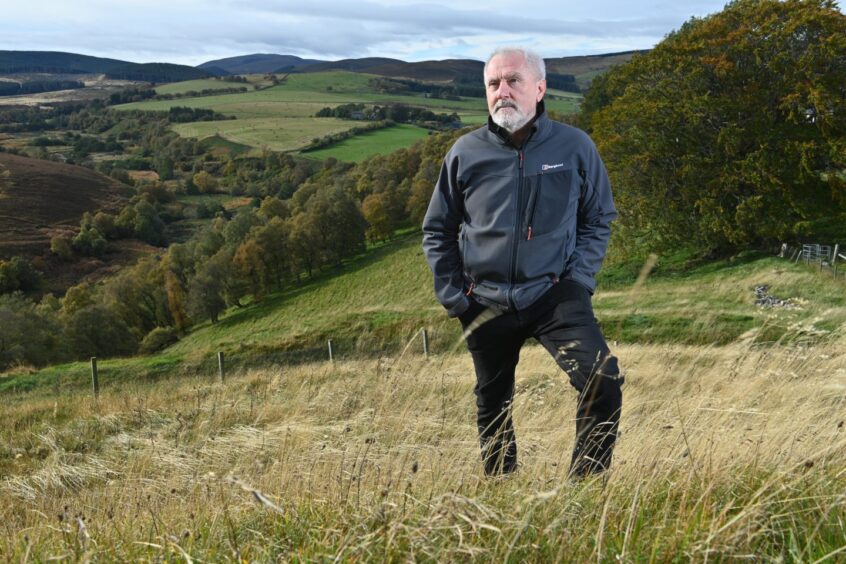
Colin Mackenzie has traced his family roots in the Cabrach back about 300 years.
But he now fears the area’s connection with the past is about to become buried under wind turbines.
His great-grandfather Peter was manager of Glenlivet Distillery for 28 years until his death in 1929 and his father before him was an illicit distiller who spent his time dodging excisemen in the rugged landscape.
And before that his ancestors had been crofters and innkeepers at the time when Tomintoul and Grantown were built.
Despite growing up in Aberdeen and working 30 years in England as a chartered architect, he has always considered the rural area “home territory”.
Nearly 15 years ago he bought a farm steading near Auchindoun Castle, about two miles south of Dufftown, with his wife and later opened two holiday lets in the picturesque scenery.

However, his time has now become increasingly consumed with fighting back against the tide of wind turbines and pylons planned for the area.
His concerns come as the Cabrach Trust spearheads a campaign to protect the rural landscape with wind turbines standing some 650ft high, about double the height of Big Ben, proposed.
And Mr Mackenzie believes it is time for the voice of heritage to have a bigger say in wind farm planning decisions.
Explaining the wind turbines to visitors
Being able to host visitors almost a stone’s throw away from 15th Century Auchindoun Castle is one of the factors attracting visitors to Mr Mackenzie’s holiday rentals.
About 80% of his visitors are from overseas with most coming from the US and Europe. Some also make the trip from South Africa and Australia.
And every time tourists arrive, he finds himself having to explain why turbines and pylons feature in the rural landscape they travelled to see.
What was considered an “area of great landscape value” by Moray Council was then declassified years later due to the impact of the turbines.
Mr Mackenzie said: “I worked for 30 years within the English planning system and know the high value conservation officers and English Heritage placed on the settings of scheduled and historic buildings.
“I was 100% certain that our exceptional surroundings would be sacrosanct forever from any significant change from development, through the protection given to the castle.
“How wrong I was. To my eyes, the planning rules now just ignore our historic sites, viewpoints and landscapes. I can’t understand it.”
Protecting the story of the Cabrach
Growing up, Mr Mackenzie would return to the area from Aberdeen with drives through the Cabrach towards Glenlivet.
The area is now renowned for being steeped in the illicit whisky trade, which lay the foundations for the world famous Speyside industry today.
The Cabrach Trust is currently building a historic working distillery to shine a light on the 19th Century practices.
However, Mr Mackenzie fears the attraction of visiting the area to learn about heritage will now be diminished.
He said: “When you visit a castle, a Pictish settlement or hear heritage stories you want to be able to look out and picture yourself there.
“You can’t do that with wind turbines or pylons there, it just places you too much in the modern day.
“This is an industry that is very important to Scotland in terms of revenue and employment and this is its unique selling point – something that sets it apart from its worldwide competition.
“Nowhere in Scotland can the story be told more completely in one place through a place and the story of a community.
“Potentially this sense of place and history adds billions in long term value to the modern day product, but it is now in real danger of being lost through government policy and the short term financial greed of wind farm developers and landowners.”
Fast facts: Wind turbines in the Cabrach
Operational
- Dorenell: 59 turbines, 410ft tall
- Clashindarroch: 18 turbines, 360ft
Approved, but not operational yet
- Clashindarroch II: 14 turbines, 590ft
Garbet: Seven turbines, 620ft
In planning
- Craig Watch: 11 turbines, 650ft
Clashindarroch extension: 22 turbines, between 590ft and 650ft
At initial scoping stage
- Dorenell extension: TBD
Historic Environment Scotland has already objected to the Craig Watch wind farm and has submitted concerns about the Dorenell extension.
However, it did not object to the Clashindarroch extension.
A spokeswoman said: “As a statutory consultee, HES has been consulted on these wind farms at various stages of their development as part of our role in Scotland’s planning system to provide advice on the potential impacts of development on the historic environment.
“As part of this we carefully review any applications, including objecting and providing mitigation advice.
“The decision-maker will review our comments along with all the others that will be made by other statutory consultees, including those by the council’s archaeological advisors, as well as members of the public.
“They will then reach their decision based on these, and in line with the relevant planning policies and guidance.”
‘We are fighting for survival of Cabrach’
The Cabrach Trust, which was established 10 years ago to protect the future of the area, is spearheading a campaign to warn that the rural area is now becoming overpopulated with wind turbines.
The group says that while it supports Scotland’s aim to reach net zero, the future waves of turbine plans could put the viability of the community at risk.
Chief executive Jonathan Christie said locals were now becoming increasingly disheartened after raising concerns for 20 years.
He said: “To put it bluntly, if all third wave developments secure consent, the Cabrach unwittingly becomes the UK’s largest onshore wind park.
“In the process undermining an ambitious community regeneration strategy in its track, whilst bringing untold harm to an important river catchment and upland ecology.
“There is an urgent requirement to apply the brakes, otherwise a community with the potential of becoming an exemplar for rural community regeneration in action, becomes the case study of what happens when policy goes wrong.”
 © EDF Renewables/Peter Devlin
© EDF Renewables/Peter Devlin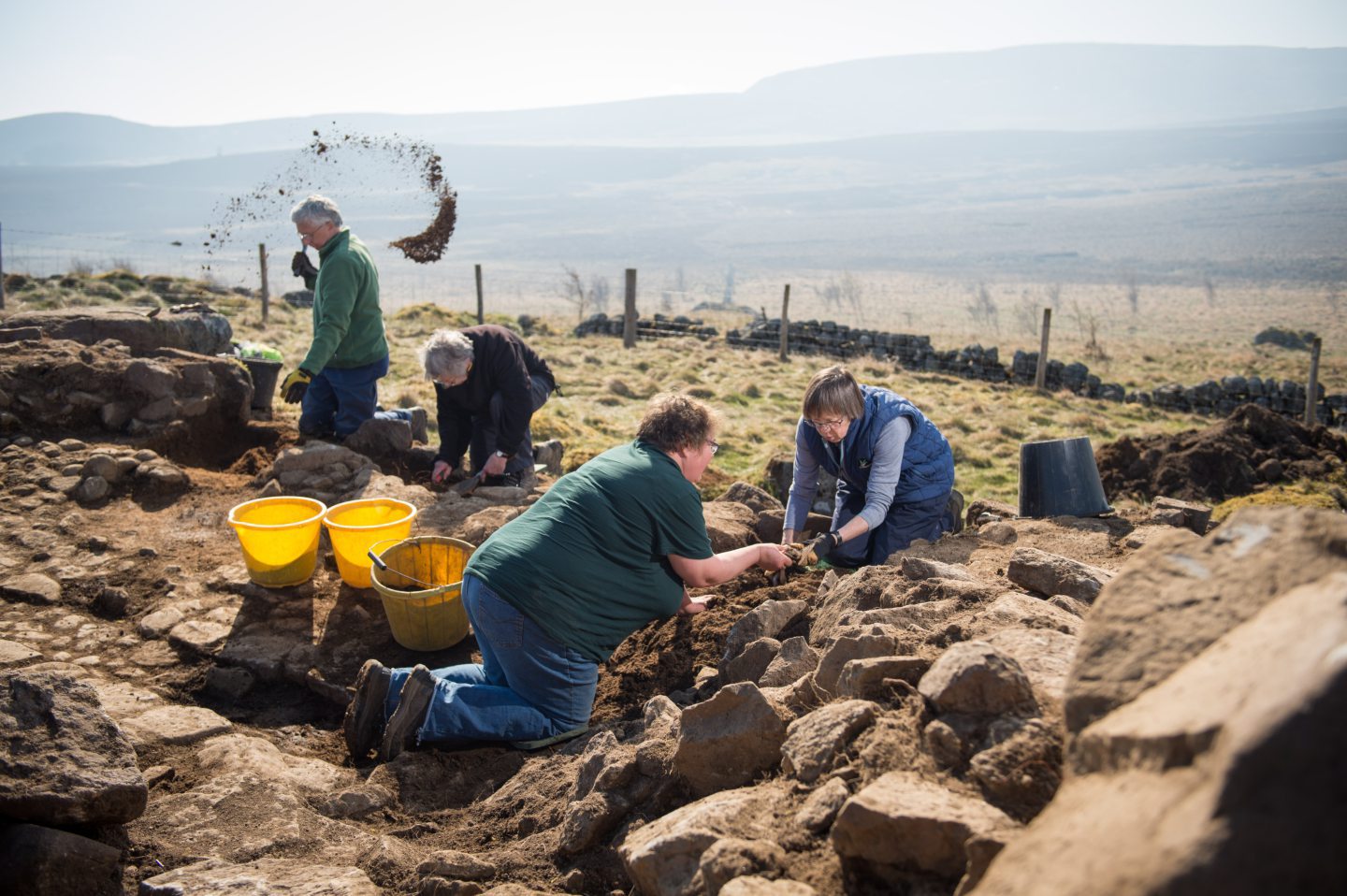 © Image: Jason Hedges/DC Thomson
© Image: Jason Hedges/DC Thomson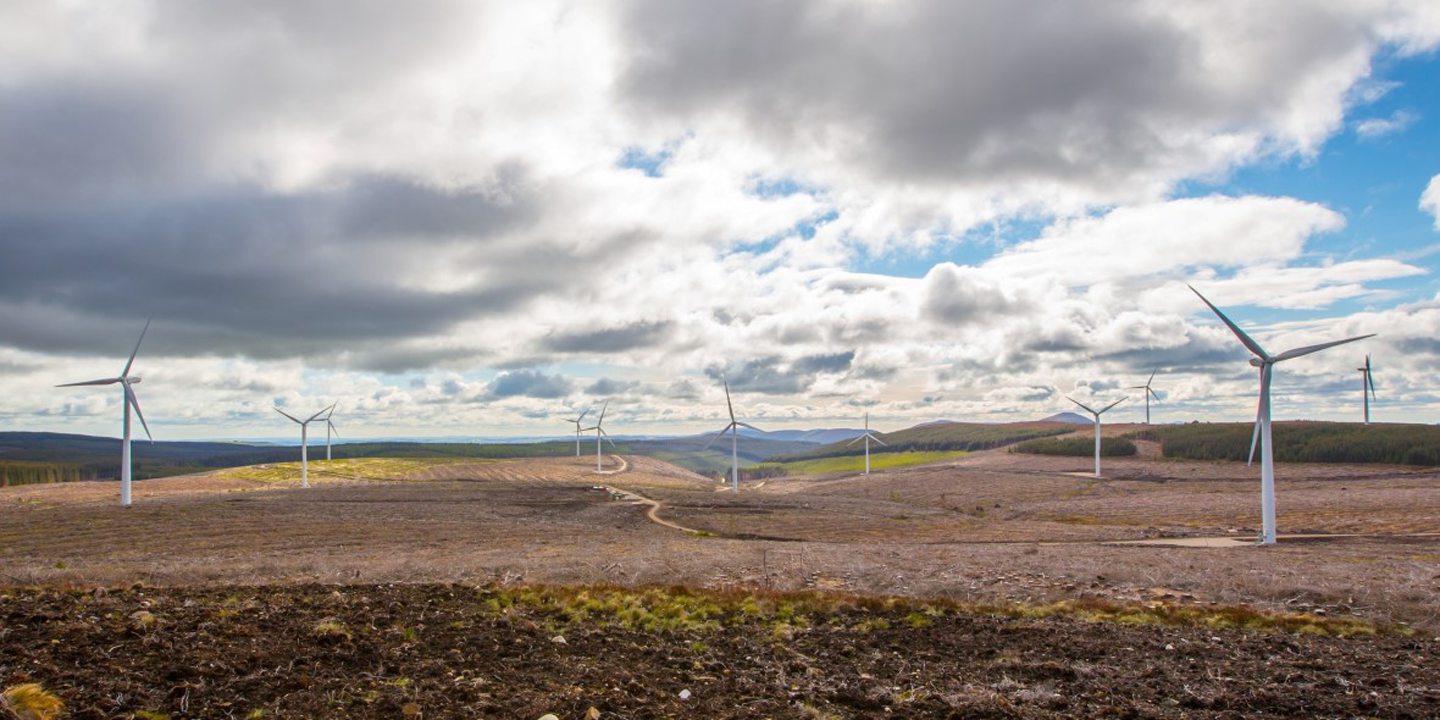 © Supplied by Vattenfall
© Supplied by Vattenfall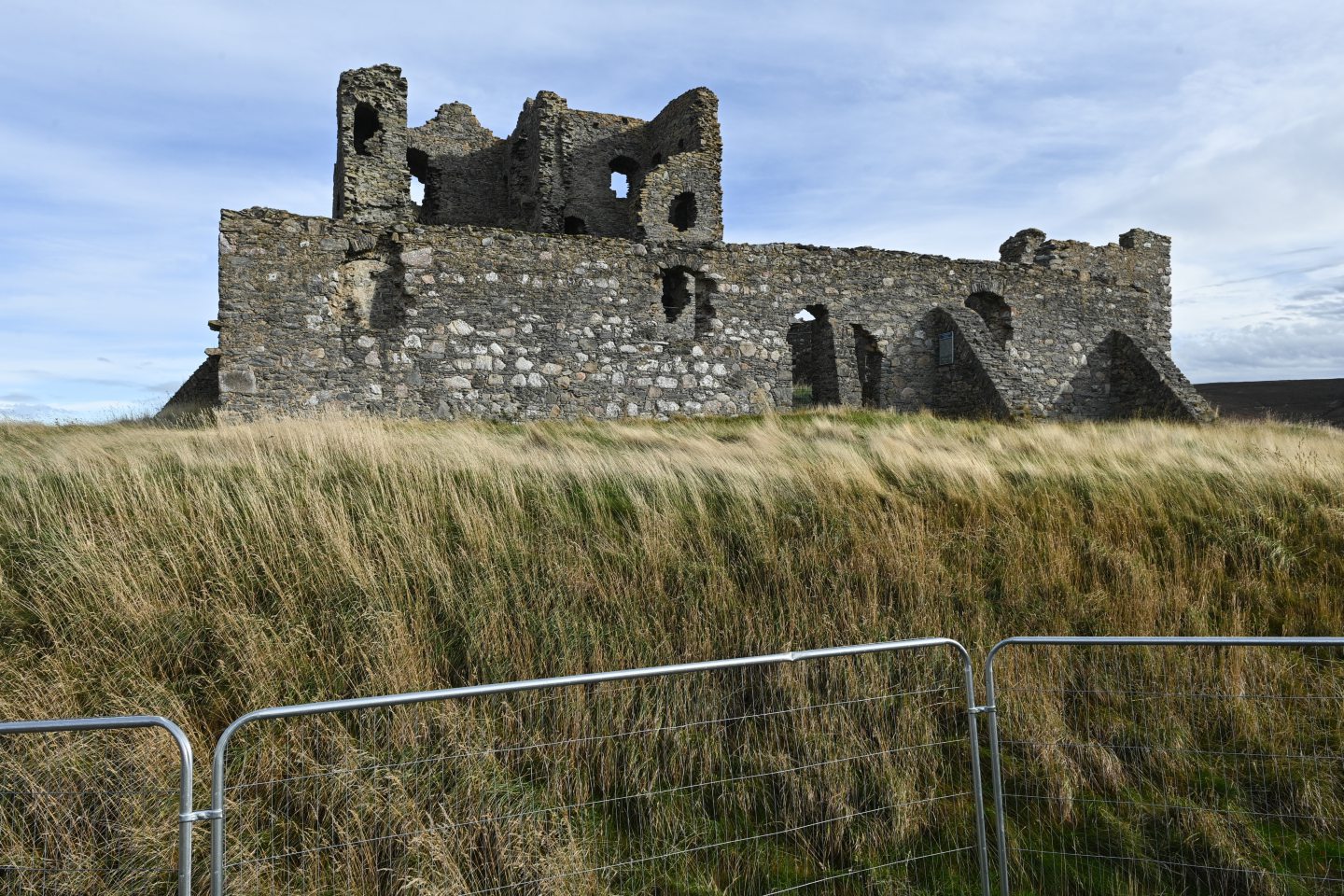 © PRESS AND JOURNAL/DC Thomson
© PRESS AND JOURNAL/DC Thomson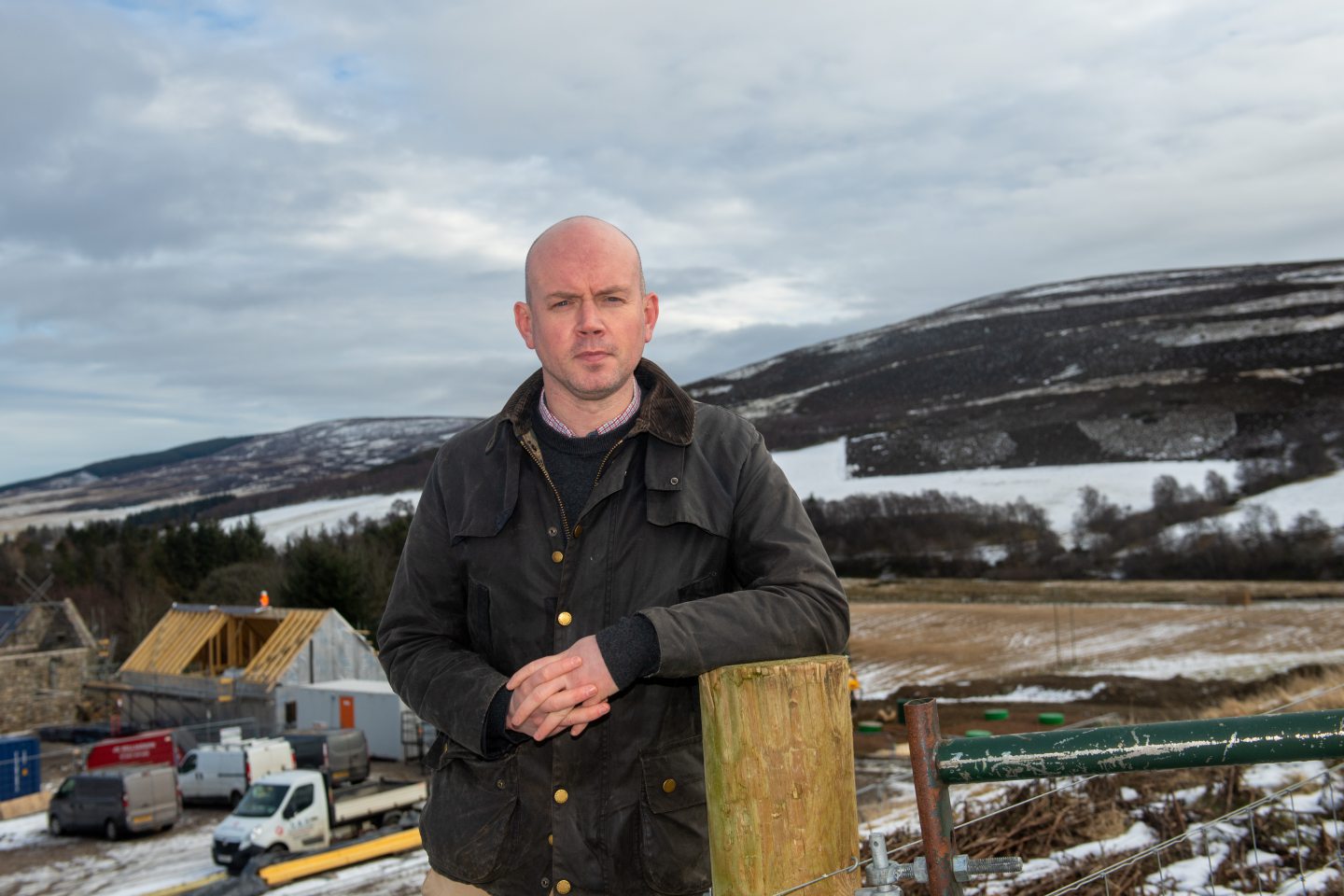 © Image: Kath Flannery/DC Thomson
© Image: Kath Flannery/DC Thomson